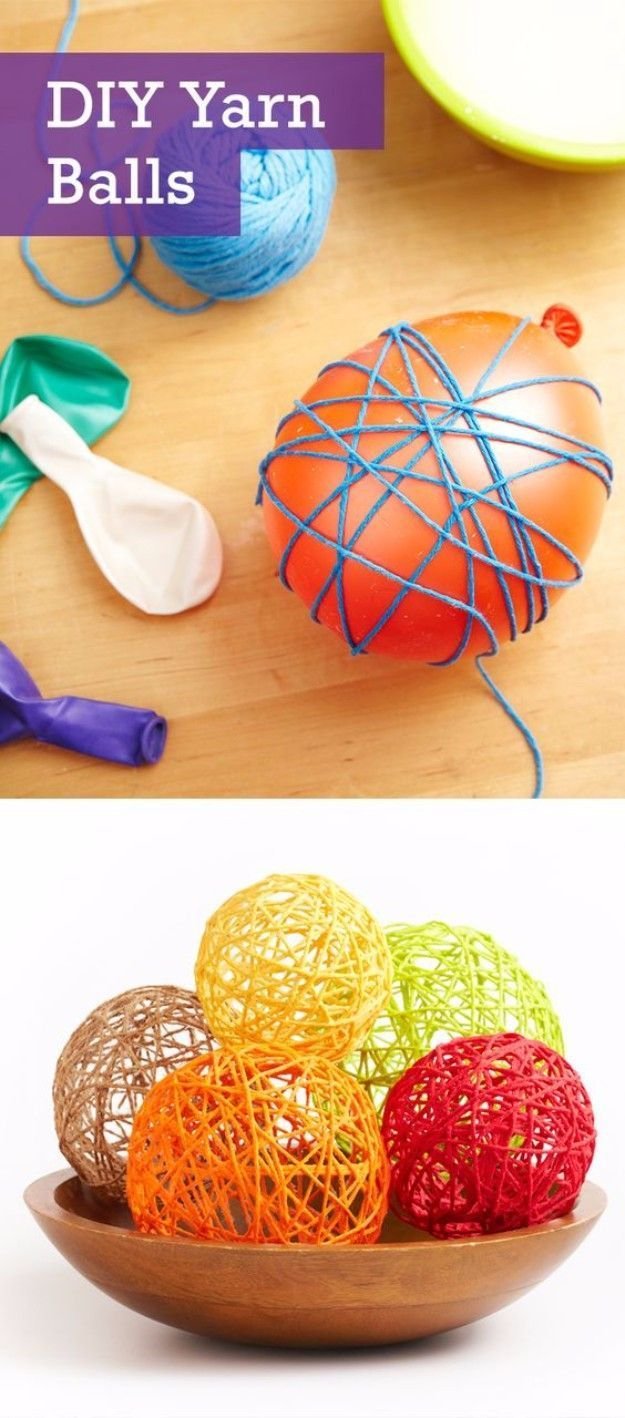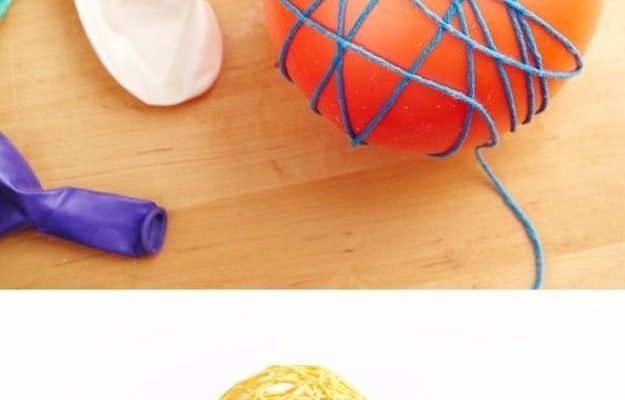
So, let’s dive into how you can tackle these wriggly intruders. The good news is that you don’t need to break the bank on fancy traps or toxic chemicals. Instead, with some simple materials and a bit of creativity, you can create effective traps right at home. Whether you’re a seasoned aquarium keeper or just starting out, these solutions are easy to set up and work wonders.
Understanding Bristle Worms
Before we get into trapping methods, it’s important to know a bit about bristle worms. These critters, often found in saltwater aquariums, can grow quite long and have bristles that give them their name. They’re usually scavengers, which means they help clean up the tank by eating decomposing organic matter. So, here’s the thing: while they can reduce waste, too many can lead to problems. If you notice an uptick in their population, it’s time to act.
You might be wondering how to identify them. They often have a segmented body and long, stiff bristles along their sides. They tend to come out at night, so if you see little wriggly things venturing out after dark, there’s a good chance you’ve got bristle worms on your hands.
Simple DIY Trap Ideas
Now, let’s get to the fun part—making your own traps! There are several ways you can catch bristle worms without damaging your tank or stressing out your fish. Here are a few DIY traps you can whip up in no time.
The Bottle Trap
One of the easiest traps you can make is a bottle trap. Grab an empty plastic bottle and cut the top off; then invert it back into the bottle to create a funnel. Fill the bottle with some fish food or a tasty bait like shrimp. Place it in your aquarium at night, and when the worms come looking for food, they’ll get trapped inside and won’t be able to escape.
This trap works well because it’s simple and effective. Just remember to check the trap regularly and dispose of the caught worms. You can keep reusing the bottle for as long as you need!
The Clay Trap
Another straightforward method is using clay. You can find clay at most craft stores—just make sure it’s non-toxic. Mold small pieces into ball shapes and place them at the bottom of your tank. The bristle worms are attracted to the clay because it resembles food, and they’ll burrow into it.
When you notice the clay is getting crowded with worms, simply remove it from the tank. This method is discreet and won’t harm your fish or other tank inhabitants. Plus, it’ll help you monitor how many worms are lurking below.
Using A Light Trap
If you’re more tech-savvy or just want to try something a little different, consider making a light trap. A small LED light placed at the bottom of your tank can attract bristle worms, especially at night. They’re drawn to the light, and you can position a container near the light to catch them.
Place the container close enough that when the worms come to the light, they’ll fall in. It’s kind of like fishing without needing a pole! Keep the light on at night, and you’ll see just how effective this method can be. Just remember to clean out the trap regularly.
Preventing Bristle Worm Infestations
While trapping is effective, prevention is even better. Here are some tips to help keep bristle worms at bay:
- Monitor your water quality: Good water conditions contribute to a healthier environment that can limit bristle worm populations.
- Avoid overfeeding: Make sure to feed your fish only what they can eat within a few minutes. Excess food can lead to an increase in worm population.
- Regular tank maintenance: Clean your tank regularly to reduce detritus and debris, which are food sources for bristle worms.
By maintaining a balanced ecosystem, you can keep the bristle worms from turning into too much of a headache.
Alternative Solutions
If your DIY traps aren’t quite cutting it, you might want to explore some alternative solutions. One option is to introduce natural predators like certain types of fish. For example, a six-line wrasse is known to snack on bristle worms and can help keep their numbers in check.
However, introducing new fish should be done carefully, as it can impact the tank’s balance. Always do your research to ensure that any new addition is compatible with your current tank inhabitants.
When To Seek Professional Help
Sometimes, despite our best efforts, we might need extra help. If you’re facing a serious infestation or if the DIY traps just aren’t working, it might be time to consult a professional. Local aquarium shops or marine biologists can offer advice or solutions that fit your specific situation.
Remember, it’s okay to ask for help. An unhealthy tank can lead to stress for both you and your fish. It’s better to address the problem sooner rather than later.
Final Thoughts on Bristle Worm Traps
Dealing with bristle worms doesn’t have to be a daunting task. Creating DIY traps is not only cost-effective, but it also allows you to manage your aquarium creatively and safely. Whether you choose the bottle trap, clay trap, or even a light trap, the key is consistency. Regular monitoring and maintenance can keep your tank healthy.
So, grab those materials, and let’s get to trapping. Your fishy friends are counting on you to keep their home safe and sound from those overly enthusiastic bristle worms!

